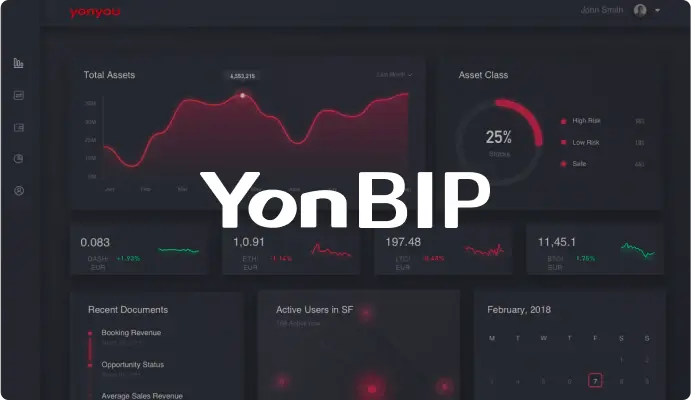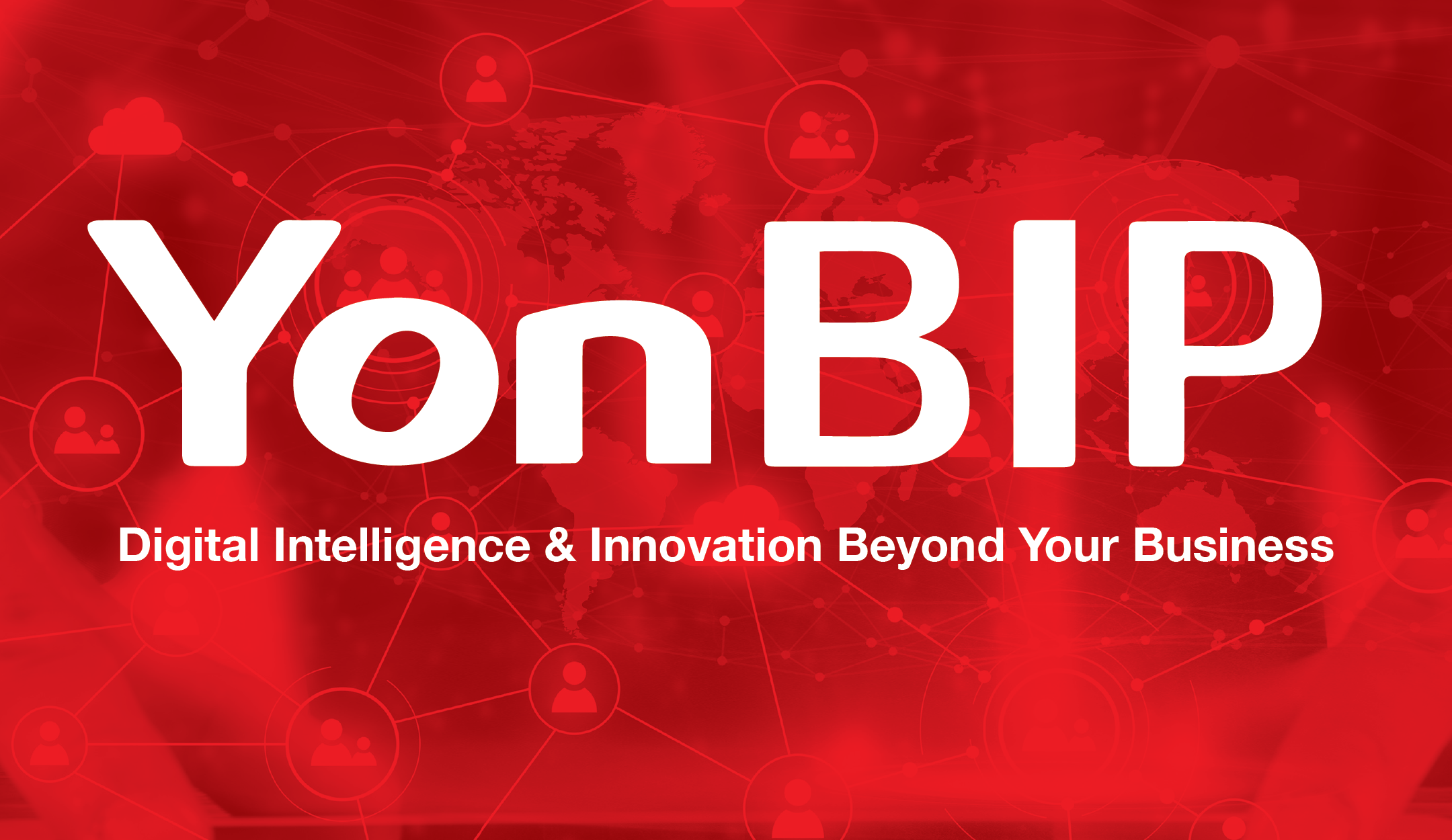The retail industry has always been dynamic, characterised by its rapid pace and constant flux. Singapore, a global hub for commerce and technology, witnesses these shifts at an accelerated rate. Retailers in the region, therefore, are in a continuous race to not only meet the new-age consumer’s expectations but are also working towards anticipating future trends.
If you are running a retail business, it is crucial to understand and navigate these changing landscapes. Whether building an omnichannel marketing strategy or fine-tuning your in-store experiences, staying proactive and informed is the key to growing your business.
Let’s explore the primary obstacles facing today’s competitive retail scene:
1. Rapid Digital Transformation and E-commerce Boo
In recent years, the rise of e-commerce and digital platforms has transformed the retail industry at an astonishing pace. A click, a tap, a swipe – consumers now have the world of shopping literally at their fingertips. To put this into perspective, nearly 97% of Singaporeans aged 15 and older engage as digital consumers, ranking among the top percentages in Southeast Asia.
But the dynamics go deeper: Users in Singapore are diversifying their online platform usage and are more inclined to brand-hop in the search for better value and higher quality products. It’s not to say that physical stores are becoming redundant – far from it. What’s changing, however, is their role and the dynamics of their coexistence with online platforms.
Today’s retailers are faced with the task of integrating their in-store experiences with the digital world. It’s here that omnichannel marketing comes into play. The aim is to bridge the gap between online and offline, ensuring customers receive a seamless, consistent experience whether they are shopping from the comfort of their couch or inside a bustling mall.
2. Evolving Consumer Expectations and Behaviour
Modern-day consumers are not just buying products; they are investing in experiences. They expect brands to know their preferences and even anticipate their needs. With the rise of data analytics and Artificial Intelligence (AI), there’s potential for brands to curate unique shopping experiences for each individual.
For many retailers, achieving this is no easy feat. It can require investment in technology, understanding consumer behaviour across platforms, and continuously evolving to stay ahead of competitors. However, those who can master this integration will find themselves well-placed in a market that values both convenience and experience.
3. Brand Differentiation in a Crowded Market
With the inundation of choices available to consumers, standing out from the crowd has become an imperative for brands. Brand differentiation, therefore, emerges as a linchpin in a retailer’s strategy to gain a competitive edge.
To start, the brand story plays a crucial role. Consumers now resonate more with brands that have a compelling narrative, from their origin and values to the causes they support.
Then there’s the role of innovative product or service offerings. Remember, your target audience is always on the lookout for something novel – products that offer solutions to problems they didn’t even know they had or services that promise to make their lives simpler. Retailers who consistently innovate, be it in product design, usability, or service delivery, can carve out a niche for themselves.
4. Dependence on Outdated Technology
Technology stands as the backbone of many businesses, driving operations, customer interactions, and strategic decisions. However, a dependence on outdated technology can prove detrimental for retailers in several ways, causing them to lag in an already competitive market.
For example, older systems often lack the streamlined features and functionalities of their modern counterparts. This can result in slower processes, frequent system crashes, and an inability to handle large data volumes or traffic spikes. Such inefficiencies can translate to longer customer wait times, order processing delays, and missed business opportunities in Singapore.
The Roadmap for Modern Retail Success
Considering the above challenges, Yonyou’s Retail Management System offers a game-changing solution to support retail businesses in Singapore. Our software seamlessly blends Online-to-Offline (O2O) membership management, tailoring sales promotions and after-sales services to individual preferences. Yonyou goes beyond traditional systems by enhancing the customer journey through innovative digital operations, offering fresh and engaging shopping experiences. Moreover, it grants businesses access to a rich database, providing actionable insights to refine strategies and drive growth.
Our software also adeptly interfaces with various platforms, from cross-border e-commerce sites and payment solutions to logistics and warehousing networks. By holistically integrating crucial data points – spanning customer profiles, sales metrics, product information, and cash flows – across multiple marketing channels, Yonyou ensures streamlined operations and peak efficiency.
If you are keen to enhance your omnichannel marketing strategy with our retail management system, contact us today for a comprehensive walkthrough.




